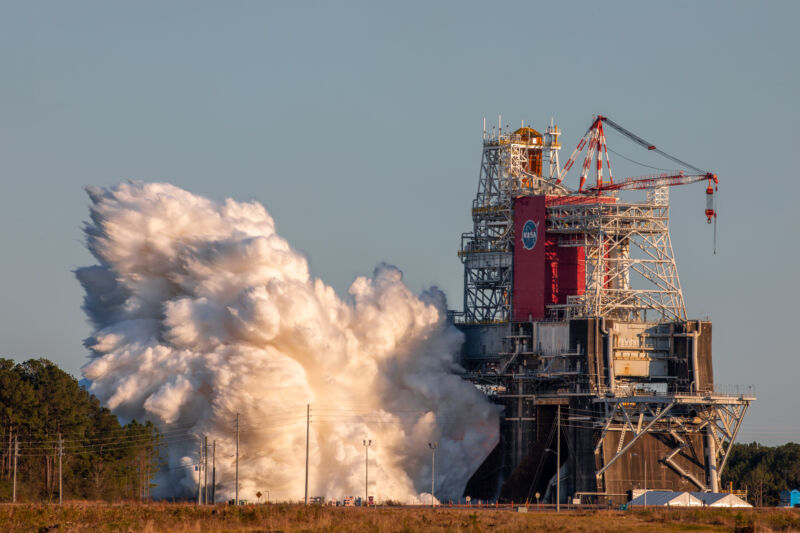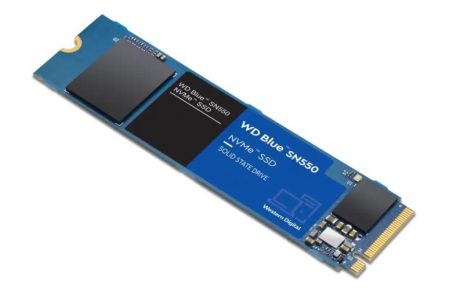
Enlarge / At 4:27pm central time on Saturday, the SLS rocket core stage ignited its four RS-25 engines at NASA’s Stennis Space Center. The test was to last up to eight minutes. (credit: Trevor Mahlmann for Ars)
Following the unsuccessful completion of a Space Launch System hot fire test, NASA is likely to conduct a second “Green Run” firing in February.
On Tuesday, three days after the first hot-fire test attempt, NASA released a summary of its preliminary analysis of data from the 67.2-second test firing. The report highlights three issues, none of which appear to be overly serious but will require further investigation.
The agency found that the test, conducted at the Stennis Space Center in Mississippi, was automatically shut down by an out-of-limits reading of hydraulic pressure in the thrust vector control mechanism used to gimbal, or steer, the engines. At 64 seconds into the test, the rocket began a pre-programmed sequence to gimbal its engines as if it were in flight. Shortly after, the pump-return pressure fell below the redline of 50 pounds per square in gauge, to 49.6. This pressure limit, the agency said, was more stringent than an actual flight redline and was set to protect against potential damage on the test stand.





